Barry Band: Turning back to the Grand clock to the 30s
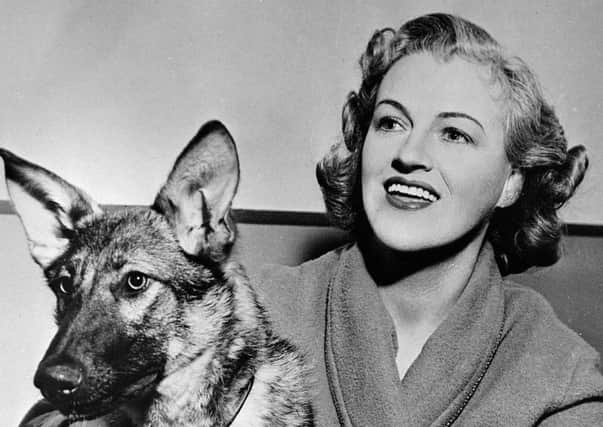

Last week we had a brief timeline of events and today we launch a series that puts the spotlight on some famous performers and shows, beginning with the 1930s, drawn from my Centenary book, published in 1994.
With the new talking pictures attracting people away from live theatre, the Blackpool Tower Company had to make the right decisions to take their venues through the Depression of the 1930s.
Advertisement
Hide AdAdvertisement
Hide AdThe directors decided the Opera House would be their all-year playhouse, the Winter Gardens Pavilion would become a cinema, while the Grand Theatre would become a dual-purpose venue. Two huge Talkies signs appeared above the Church Street entrance.
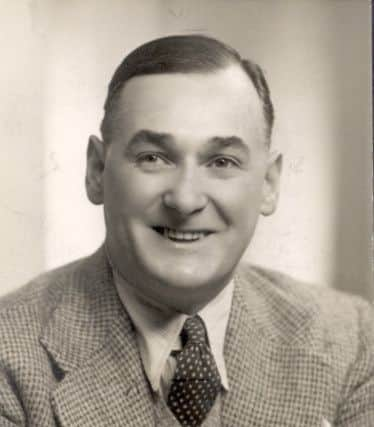

In 1931, the Grand had an even number of films and stage shows, but from 1932 the theatre had only 16 weeks of live shows mainly during the summer months.
The theatre worked on a weekly-change basis, taking variety shows as well as plays and musicals.
One name stands out. Singer-comedienne Gracie Fields came to the Grand every year from 1932 to 1938, on weekly variety bills on 13 occasions including a four-week run in 1934.
Advertisement
Hide AdAdvertisement
Hide AdDuring this period the Lancashire star was so busy filming that the only other theatre where she was sure to appear was the London Palladium.
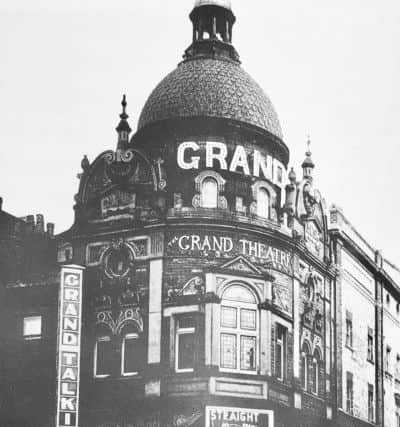

The Tower Company took another step to attract the crowds.
In 1934, they began a policy of summer season variety revues at the Opera House. This left the Grand as the resort’s only playhouse during the summer.
After filming Sing As We Go in Blackpool in the spring of 1934, Gracie returned for her four weeks at the Grand in August.
The Gazette reported House Full boards as Gracie gave half-hour performances twice nightly at the head of variety bills. The supporting acts changed weekly.
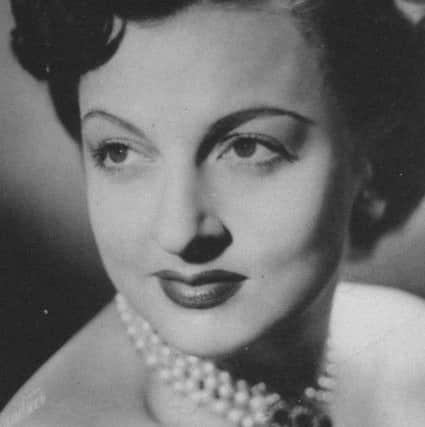

Advertisement
Hide AdAdvertisement
Hide AdNo artist got Blackpool write-ups as good as Gracie’s, such as: “Queues waiting to book seats, queues outside the Grand before each house, so big that one could scarcely move in Church Street - these things told the world that a great star had come to Blackpool yesterday. And, inside the theatre, two vast audiences raising the roof with their applause . . . “
Two names came to the Grand in September, 1934, with a hint of romance - or was it a whiff of scandal?
Gertrude Lawrence and Hollywood’s Douglas Fairbanks Jnr starred in a marital comedy called Here Lies the Truth. In real life Mr Fairbanks’ divorce from Joan Crawford had just come through.
‘Gertie’ and Fairbanks both stayed at the smart Majestic Hotel, St Annes.
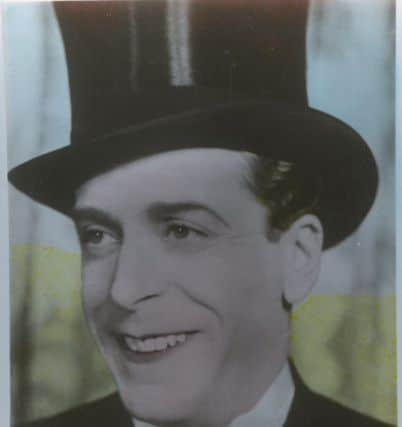

Advertisement
Hide AdAdvertisement
Hide AdThe hotel and the Grand Theatre stage door were besieged by fans for autographs and by reporters waiting for “an announcement” that never came. Like the play, the romance had a short life.
In the summer of 1935, one of the weekly attractions was a revue called Mr Tower of London – starring comedian Norman Evans and singer Betty Driver, who were to star, individually, in many Blackpool shows.
Another 1935 success at the Grand saw the emergence to stardom of John Mills, previously known as Johnny, in the musical Jill Darling, after a season at London’s Saville Theatre.
In very different style was the musical White Horse Inn, still touring three years after its initial success at the London Coliseum.
Advertisement
Hide AdAdvertisement
Hide AdBy 1936, the economy was improving and more new shows were in tour.
One of them was a song and dance show called This’ll Make You Whistle, starring debonair Jack Buchanan and his regular dance partner Elsie Randolph, at the Grand in September, prior to opening at London’s Palace Theatre.
At the end of the decade a trade publication named it as the highest-grossing show to visit the Grand.
This may have been due to the highest top price ever charged at the Grand to that date. Seven shillings and sixpence (37p). Mr Buchanan was an expensive star. He even took his own chef in tour!
Advertisement
Hide AdAdvertisement
Hide AdEarlier in the season, the Grand had seen three of the biggest London stars in a first play by the young Robert Morley.
It was titled Short Story and was directed by Glen Byam Shaw to mark the stage jubilee of (soon to be Dame) Marie Tempest.
It was the full London production including Sybil Thorndike, AE Matthews and an early performance of Margaret Rutherford.
A Gazette review said it was very polished but would never survive indifferent performance. A tribute there to the cast.
Advertisement
Hide AdAdvertisement
Hide AdAnother 1936 show of note was Twenty to One, a musical comedy with Lupino Lane as a character called Bill Snibson. Remember him?
It led to a more famous sequel that came to the Grand six weeks before starting a run of 1,645 performances at London’s Victoria Palace and is regularly revived.